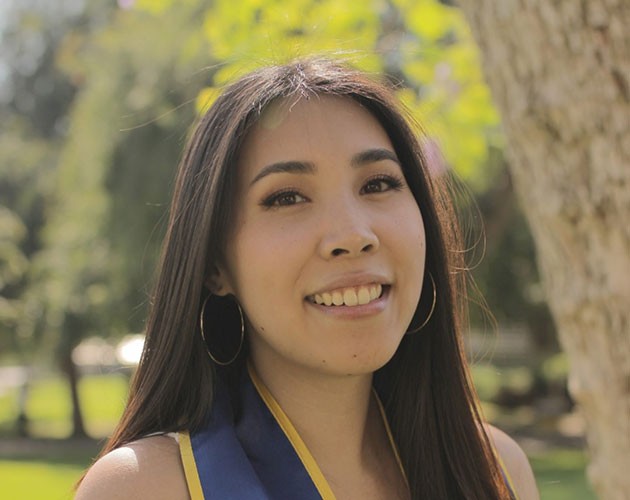Entrenched in Clinical Rotations at P.A. School

The decision to make a career in medicine can be a very personal one. Witnessing family members navigate our complex health care system. Finding dead ends when there should be solutions. Lacking resources or access to quality, affordable care.
Ilse Tejeda can put check-marks next to each of these.
“My mom has had epilepsy since she was young,” Ilse remembers. “I always accompanied her to her appointments, usually as a translator. Later, she was diagnosed with stage-4 colon cancer at 41. She ended up passing away six months later. Then my brother who was 20 had a cerebral hemorrhage and passed. My desire to work in medicine definitely comes from having exposure to this as a young kid. They didn’t have enough information or access to preventative medicine, so that drives my passion.”
The Winding Road of Education
While working toward her undergraduate degree in psychology from University of California, Riverside, Ilse had the opportunity to volunteer in clinical care at Riverside Community Hospital. For two years, she rotated through different departments at the facility.
What started as a volunteer experience turned into a desire to pursue medical school. But a psychology major doesn’t offer many opportunities to take basic science courses.
So she turned to our Post-Baccalaureate Health Professions Program to take the five prerequisite courses in order to apply to Physician Assistant school.
“I’m originally from the Bay Area so I decided to apply to Berkeley,” Ilse explains. “Having the courses at night and on weekends really appealed to me because I was working full time at Easterseals Bay Area in San Francisco as a behavioral interventionist, working with kids with autism.”
Rather than just take those five courses stand-alone, Ilse applied to the program as she felt that she needed a structured curriculum to keep her going. In addition, Ilse took advantage of the multiple advising sessions that kept her on track and on target of her ultimate goal.
“Every instructor I had was really helpful and knowledgeable,” Ilse remembers. “They’re there to teach and are really engaging. I met a lot of people who were also same career-oriented and had similar backgrounds but were all going into different types of medicine. The flexibility was always a plus so I could work during the day and take classes at night.”
Success Achieved
We want to wish a hearty congratulations to Ilse—she was accepted and is now in her second year at Charles R. Drew University of Medicine and Science in Los Angeles to obtain her Master of Health Science, Physician Assistant.
“I’m in my fourth clinical rotation now in internal medicine,” Ilse says of the program. “We do six weeks at each clinical site and then go back to campus for three days; one of those days is the end-of-rotation exam. It’s been helpful to adapt to different clinical sites and different staff. I did family medicine, then behavioral medicine, OB/GYN and now internal medicine. A typical day is seeing patients and learning from the providers and getting their feedback.
“I’ve really enjoyed the rotations a lot,” she continues. “My last site was my first in-patient rotation, which was more intimidating but I embraced the challenge. It’s been a great experience trying to absorb as much information as I can in such a short amount of time.”
Once clinical rotations are over, Ilse will head back to campus and prepare to take the boards, with an eye toward a December 2019 graduation.
After that, Ilse plans to move back to her native Bay Area and practice family medicine at an underserved family care clinic.
“I come from an underserved community and have personal experience with family members who were patients and lacked some resources,” Ilse adds. “I want to advocate for those patients to improve health outcomes in these populations.”


